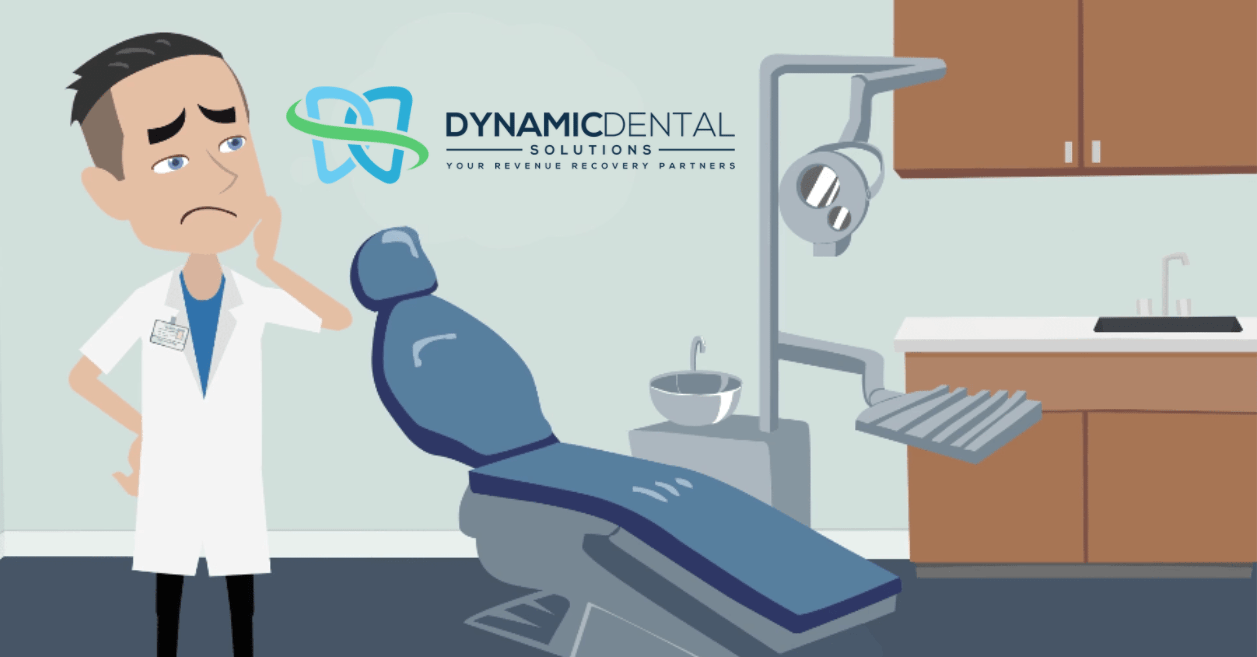Outsourcing Your Dental Billing is More Profitable Than You Think
According to the Levin Group Data Center, the median income for dentists has been on a steady decline despite a consistent rise in revenue.
So, what gives?
Dental care is essential to good health and consumers haven’t stopped visiting the dentist. The cost of care certainly hasn’t gone down, and dental care is now an insurance-based service. According to recent studies, the average dental practice loses 75 percent of its revenue to overhead costs. That doesn’t leave much to go around.
Since revenue cycle management and payroll account for the largest portion of overhead costs in a dental practice, reducing the cost of care for these two items is the best way to increase profit. Here’s how it breaks down.
In-House Insurance Coordinators
Many dentists assume that keeping a dental insurance coordinator on staff is the way to go. The reasoning goes that the revenue cycle will be healthier if they have someone working on it full-time. The logic is understandable until you really break it down.
According to Zip Recruiter, the average annual salary for a full-time dental insurance coordinator is around $50k depending on location. However, you also have to factor in overhead costs such as insurance benefits and taxes.
To account for those costs, multiply that salary by 1.5 and you’re looking at closer to 75k annually. Unfortunately, that still doesn’t guarantee a healthy revenue cycle or paid claims.
Dental Billing Service Partners
Most dental billing service partners charge for their services based on the size of your practice, which is measured according to monthly revenue.
Recent studies show that the average monthly revenue for a dental practice ranges from $45k-$67k respectively. The cost range to outsource billing for a dental practice that size falls between $1,645 – $2,345 monthly, according to reports.
That works out to between $19,740 and $28,140 annually. Even on the high side of the equation, you end up paying less than half of what an in-house insurance coordinator would cost.
Other Benefits
The health of the revenue cycle ultimately dictates the profitability of any dental practice.
If your accounts receivable aging report is through the roof and claims are constantly being denied, then your revenue cycle is suffering. When you’re paying for someone to manage your revenue cycle, you ultimately want to see three things. You’re looking for increased revenue, zero receivables over 90 days, and majority claims approval on first submission.
Most in-house coordinators can’t guarantee these results but a dental billing service like Dynamic Dental Solutions can. The icing on the cake is that it probably costs about half as much as staffing someone full-time.
You don’t want your office staff torn between patient care and claims follow-up. You want them concentrating on what matters most. Partnering with Dynamic Dental Solutions means you can concentrate on providing excellent patient care while reducing overhead costs and increasing profitable revenue.
Let us maximize profitability so you can focus on dental care.


